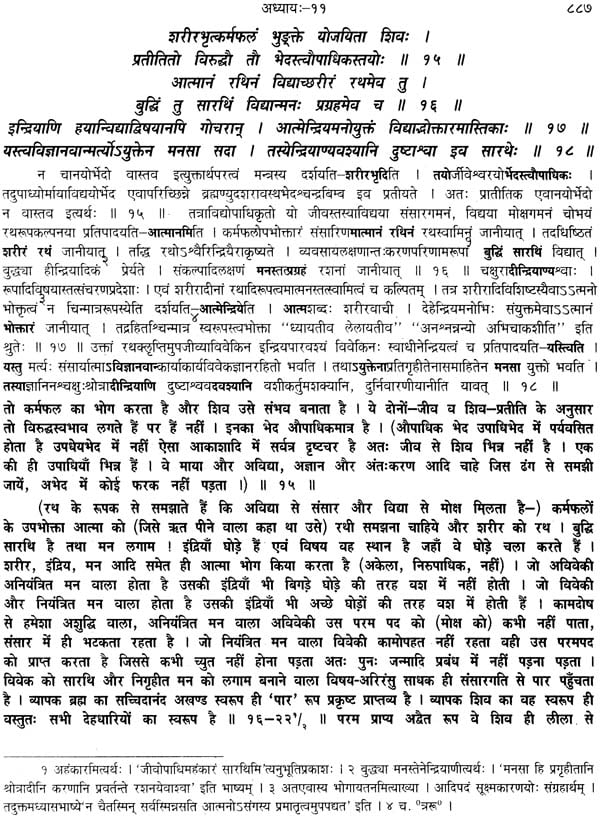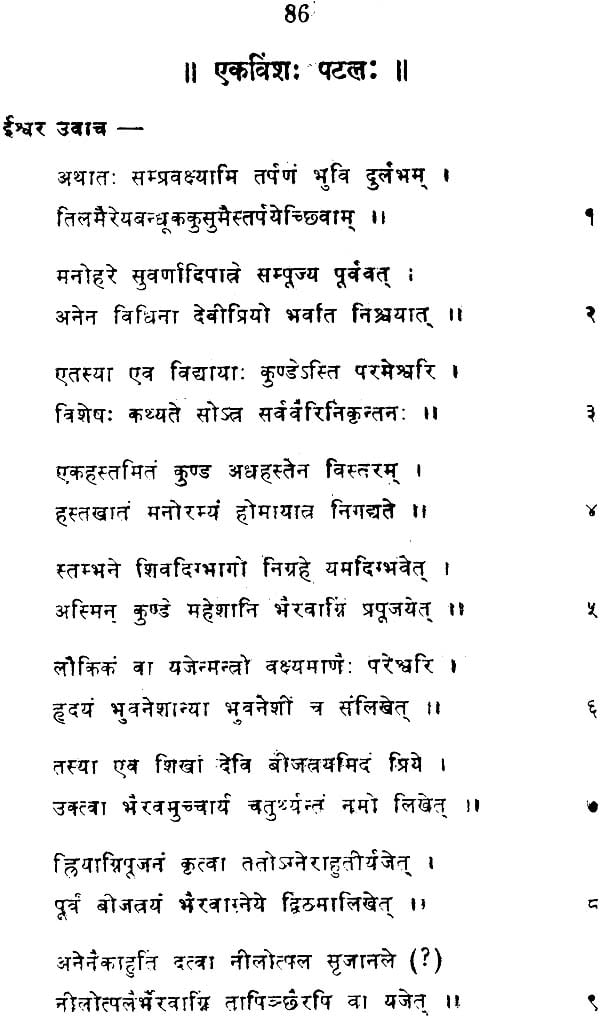Dakshinamurti Suta Samhita
Tt dynamic range meter mac download free. Dakshinamurty form of Lord Shiva is described in Suta Samhita of Skanda Purana in Mochak Kathanam of Mukti Khanda. Here is the description of form: गड़्गाधरं शिवं शान्तं लसत्केयूरमण्डितम् ।. AUM NAMAH SHIVAY Who is this Dakshinamoorthy? And what is the significance of this figure in the advaitic tradition? And why do Bhagavan's devotees identify Dakshinamoorthy with Bhagavan Ramana? Dakshinamurti literally means 'one who is facing south ( dakṣiṇa )' in Sanskrit. According to another school of thought 'Dakshinya' means Karuna in Sanskrit or kindness (benevolence). Virtual usb drive. So this manifestation of Shiva is a benevolent teacher who accords wisdom to seekers of salvation. In most of the Siva temples, the stone image of. The dakshinamurti samhita is dakshinamurti samhita for asserting that Dakshinamurti is an aspect of Shiva, an aid to the liberating knowledge that Shiva is within oneself as Atman self, soulsamhlta everything one does in daily life dakshinamurti samhita an offering to this Shiva.This will help us make recommendations and send discounts. The first important historical record about Dakshinamoorthy is in Suta Samhita of Skanda Puranam (the largest Mahapuraṇa, a group of eighteen Hindu sacred texts). R%2ftomodachi life. It is considered that Sankara studied this Suta Samhita eighteen times before composing his Brahma Sutra Bhashyam (systematic commentary on the Upanishads).



Dakshinamurti Suta Samhita Full
Dakshinamurti Suta Samhita Book
- Salokya consists of the privilege of living in the same world as that of Shiva.
- Sarupya having an appearance similar to that of Lord Shiva, being free from mortality.
- Samipya enables the individual soul to have access to the Lord.
- Sayujya, the highest one, can be had by means of knowledge only. It is an indescribable state of communion with the Lord.